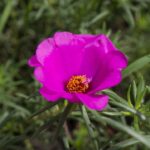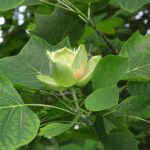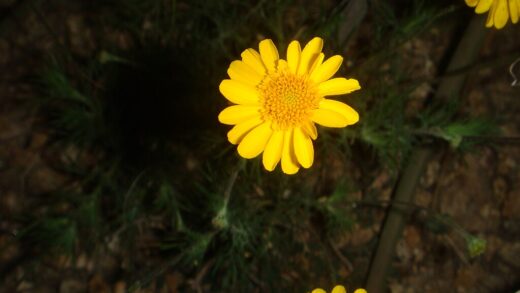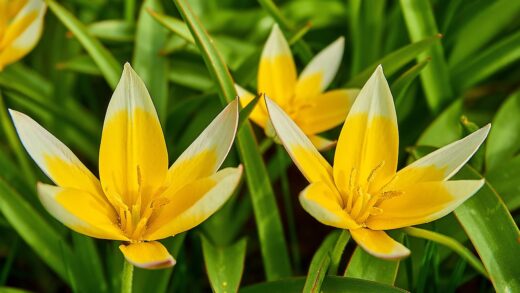The light requirements of firethorn

Understanding the light requirements of Pyracantha is essential for ensuring this versatile shrub reaches its full ornamental potential. The amount of sunlight a firethorn receives directly influences its most cherished characteristics: the profusion of its spring blossoms and the intensity and abundance of its autumn and winter berries. While known for its adaptability and tolerance of various garden conditions, providing the optimal level of light will result in a healthier, more vigorous plant with a truly spectacular seasonal display. Proper siting is therefore a crucial first step when introducing this valuable shrub into the garden landscape.
Firethorn is at its best when planted in a location that receives full sun. This is defined as an area that gets at least six hours of direct, unfiltered sunlight each day. In a full sun position, the plant has ample energy to dedicate to all its physiological processes, from strong root development to vigorous foliage growth. Most importantly, abundant sunlight is the primary trigger for prolific flower bud formation. A plant bathed in sun will produce a dense blanket of white flowers in the spring, which is the necessary precursor to the magnificent berry display that follows.
While full sun is the ideal, Pyracantha is remarkably tolerant of partial shade. It can perform quite adequately in locations that receive between three and six hours of direct sunlight per day, or in areas with dappled light for most of the day, such as beneath high-canopied trees. This adaptability makes it a useful shrub for those trickier spots in the garden where full sun is not available. However, it is important to understand that there is a trade-off when planting in shadier conditions.
The most noticeable effect of reduced light is a significant decrease in flowering and, consequently, fruiting. A firethorn grown in deep shade may produce healthy green foliage but will likely have very few flowers and a sparse, disappointing crop of berries. The overall growth habit of the plant may also become more open and leggy as its branches stretch out in search of more light. Therefore, if the primary reason for growing Pyracantha is its vibrant berries, a sunny location should be prioritized.
Impact on flowering and fruiting
The direct correlation between sunlight and the ornamental display of Pyracantha cannot be overstated. The plant produces flowers on wood that grew in the previous year. The energy to create a large number of flower buds for the following season is generated through photosynthesis, a process that is driven by sunlight. More sun equals more energy, which translates directly into a greater potential for flowering. A specimen in full sun will be covered in blossoms, attracting a host of pollinators to the garden.
More articles on this topic
Following successful pollination, each of these flowers has the potential to develop into a berry. It logically follows that a plant with more flowers will produce a more abundant crop of berries. This is why a Pyracantha situated on a sunny wall or in an open part of the garden will be so much more spectacular in autumn than one tucked away in a shady corner. The sheer density of the berry clusters on a sun-drenched plant creates the “fire” effect that gives the shrub its common name.
Sunlight also plays a role in the intensity of the berry color. The pigments that give the berries their brilliant red, orange, or yellow hues develop more fully in strong light. Berries on a plant in a shady location may appear paler and less vibrant than those on a plant grown in full sun. For gardeners seeking the most dramatic visual impact, maximizing sun exposure is the key to achieving the richest and most vivid berry coloration.
Furthermore, the dense growth that is encouraged by full sun provides better support for the heavy berry clusters. A plant that has grown in lower light conditions may be more spindly and open, and its branches may be more prone to drooping or breaking under the weight of the fruit. A sturdy, compact framework, built in response to high light levels, showcases the berries to their best effect and maintains the structural integrity of the shrub.
Siting and practical considerations
When choosing a planting location, carefully observe how the sun moves across your garden throughout the day and across the different seasons. A spot that is sunny in mid-summer may be quite shady in the spring or autumn when the sun is lower in the sky. South-facing or west-facing walls and fences are often ideal locations, as they provide maximum sun exposure and also offer some protection from cold winds. Training a Pyracantha as an espalier against such a wall is a classic and highly effective way to maximize both light exposure and ornamental effect.
More articles on this topic
Consider the mature size of the firethorn variety you are planting. Do not place it where it will eventually be overshadowed by faster-growing trees or large shrubs. Giving it adequate space from the outset ensures it will continue to receive the light it needs as the garden matures. If you have an existing Pyracantha that is not performing well, assess its light conditions. It may be that surrounding vegetation has grown up and is now casting too much shade, in which case, pruning the neighboring plants may be all that is needed to rejuvenate your firethorn.
The tolerance of Pyracantha to partial shade does make it a valuable plant for north-facing or east-facing walls. While the berry display may not be as prolific as in a sunnier spot, it will often still produce a worthwhile show. In these less-than-ideal locations, it is even more important to ensure other growing conditions, such as soil drainage and air circulation, are optimal to help the plant thrive as much as possible. A north-facing wall can be a challenging environment, but a tough plant like firethorn is one of the better choices for it.
Ultimately, the decision on where to plant involves balancing the ideal with the practical. While full sun is the gold standard for achieving the most spectacular display, the adaptability of Pyracantha means you can still enjoy this wonderful shrub in a range of light conditions. By understanding the direct link between sunlight, flowers, and fruit, you can make an informed choice about its placement and set realistic expectations for its performance in your garden.



















